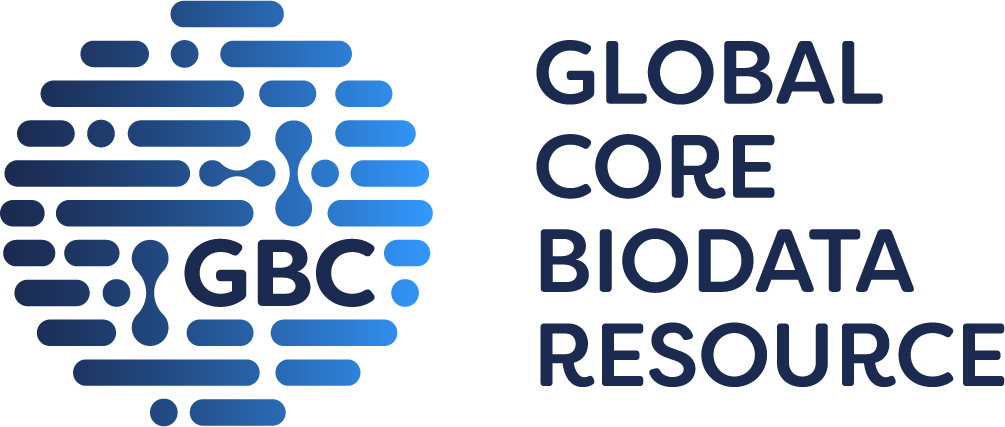
bimatoprost [Ligand Id: 1958] activity data from GtoPdb and ChEMBL
Click here for a description of the charts and data table
Please tell us if you are using this feature and what you think!
| ChEMBL ligand: CHEMBL1200963 (AGN 192024, AGN-192024, Bimatoprost, Durysta, Latisse, Lumigan, Prostamide) |
|---|
There should be some charts here, you may need to enable JavaScript!
|
|
There should be some charts here, you may need to enable JavaScript!
|
| DB | Assay description | Assay Type | Standard value | Standard parameter | Original value | Original units | Original parameter | Reference |
|---|---|---|---|---|---|---|---|---|
| AKR1C3/Aldo-keto-reductase family 1 member C3 in Human (target type: SINGLE PROTEIN) [ChEMBL: CHEMBL4681] [GtoPdb: 1382] [UniProtKB: P42330] | ||||||||
| ChEMBL | Discontinuous Radiometric Assay: Compounds may be evaluated as selective reversible inhibitors of AKR1C3 by screening them against homogeneous recombinant AKR1C1-AKR1C4 expressed in E. coli. In each case, a discontinuous radiometric assay may be used to monitor the inhibition of progesterone reduction (20-ketosteroid reduction) catalyzed by AKR1C1, the inhibition of Δ4-AD reduction (17-ketosteroid reduction) catalyzed by AKR1C3, and the inhibition of 5α-DHT reduction (3-ketosteroid reduction) catalyzed by AKR1C2 and AKR1C4 (by measuring the formation of 20α-hydroxyprogesterone, testosterone or 3α-androstanediol by radiochromatography). Secondary screens of the compounds of interest include: (a) a full-screen against all nine human recombinant AKR enzymes to ensure there are no-intended off-target effects (in this context AKR1B10 (retinal reductase; SEQ ID NO:5) has been shown to be potently inhibited by N-phenylanthranilates) (Endo et al., 2010, Biol. Pharm. Bull. 33:886-90); (b) a screen against COX-1 and COX-2 to reaffirm that compounds do not act as NSAIDs; and (c) an expanded screen against other nuclear receptors (especially other steroid hormone receptors). | B | 5.3 | pIC50 | 5000 | nM | IC50 | US-9271961-B2. Bifunctional AKR1C3 inhibitors/androgen receptor modulators and methods of use thereof (2016) |
| FP receptor in Human [GtoPdb: 344] [UniProtKB: P43088] | ||||||||
| GtoPdb | - | - | 5.3 | pIC50 | 5011 | nM | IC50 | J Pharmacol Exp Ther (2003) 305: 772-85 [PMID:12606640] |
ChEMBL data shown on this page come from version 35:
Zdrazil B, Felix E, Hunter F, Manners EJ, Blackshaw J, Corbett S, de Veij M, Ioannidis H, Lopez DM, Mosquera JF, Magarinos MP, Bosc N, Arcila R, Kizilören T, Gaulton A, Bento AP, Adasme MF, Monecke P, Landrum GA, Leach AR. (2024). The ChEMBL Database in 2023: a drug discovery platform spanning multiple bioactivity data types and time periods. Nucleic Acids Res., 52(D1). DOI: 10.1093/nar/gkad1004. [EPMCID:10767899] [PMID:37933841]
Davies M, Nowotka M, Papadatos G, Dedman N, Gaulton A, Atkinson F, Bellis L, Overington JP. (2015) 'ChEMBL web services: streamlining access to drug discovery data and utilities.' Nucleic Acids Res., 43(W1). DOI: 10.1093/nar/gkv352. [EPMCID:25883136]







